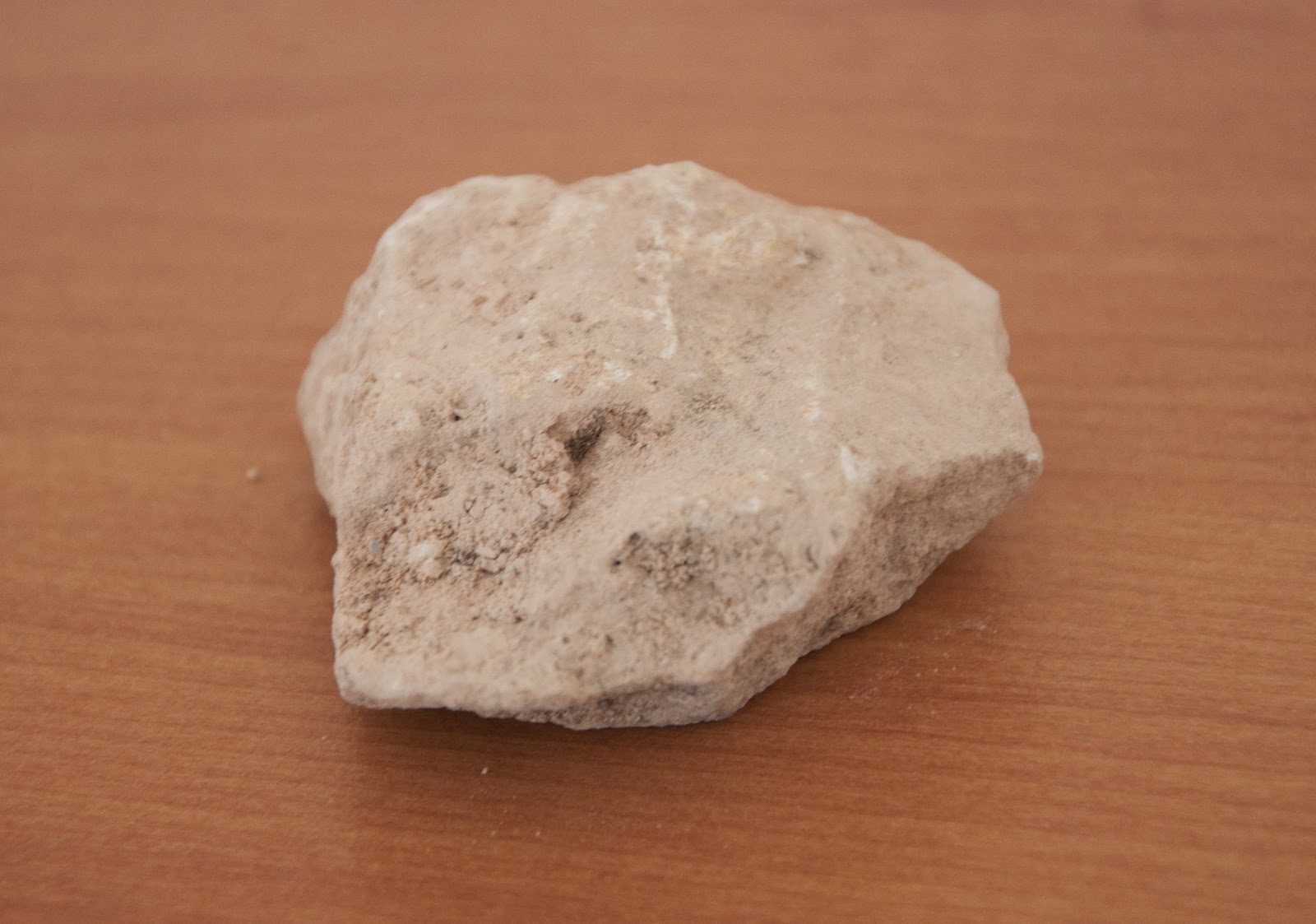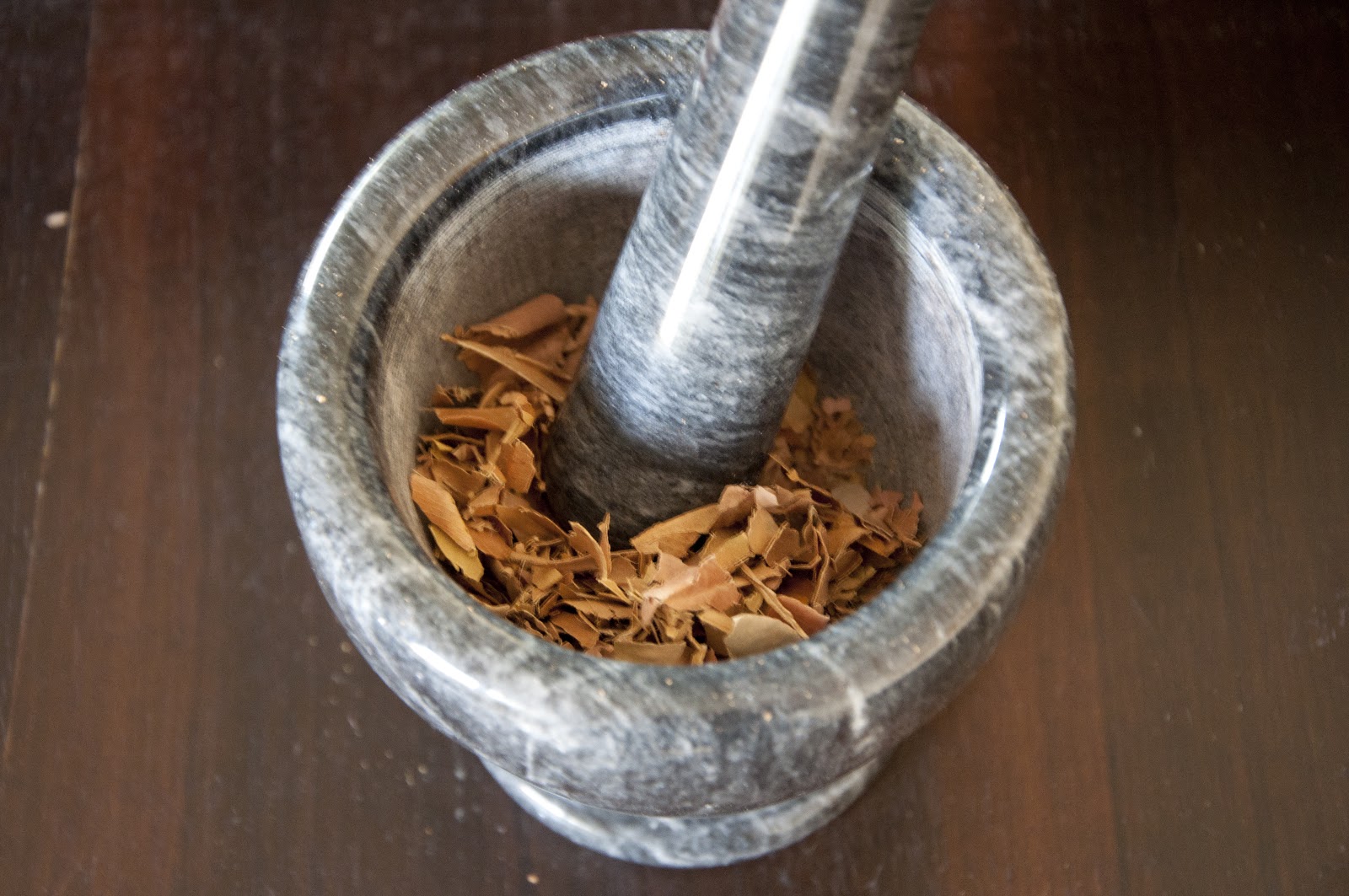In addition to learning how to make my own paint, I want to create my own canvas. In college, I learned to stretch my own canvas, build stretcher bars from 1"x2"s and 1/4" round wood and prime the canvas. However, I am still tied into buying the cotton or linen canvas from the store. Also, I am finding it difficult to learn where the canvas was manufactured. More over, I want to compare the cost of making my own canvas versus buying it. The cost that I am calculating here is not only monetary value, but also ecological costs and human involvement in the process.
First and foremost, I like to work with my hands in order to gain an understanding of a process. Prior to visiting textile factories, I feel it is necessary to know how to do the things I am investigating. This is why I am learning how to weave and use a loom.
I have looked at a number of different types of looms, and man, they are visually complicated! Here are some examples:
Frame Loom
Rigid Heddle Loom
 |
| Source unknown |
Floor Looms Varying in Complexity
Having just begun my research. I will not pretend to know anything about the floor looms shown in the last four images. However, I am proud to say that I figured out how a Rigid Heddle works!
This is a Rigid Heddle:
It is used to separate the yarn (or the warp) connected to the frame making it easier to pass the weft (or the moving yarn) through the working project.
At first, I thought how does it separate every other piece of warp and make it adjustable so that the weft is able to alternate which strand it passes over or under in each row.... Seeing a heddle independent of the loom helped. The individual warp threads are passed through the spaces in the heddle. One strand goes through a slit while the next goes through a fixed hole so on and so forth for every piece of warp in the project. Then, the heddle can be moved up and down forcing every other piece of thread to move relative to it's neighbor thus alternating which strands are on top every row.
Amazing! Unfortunately, I cannot find out when the Rigid Heddle was invented. If anyone has information as to this date, I would be interested to know it. Hopefully soon I will get my own simple loom and begin making canvas to paint on.














































